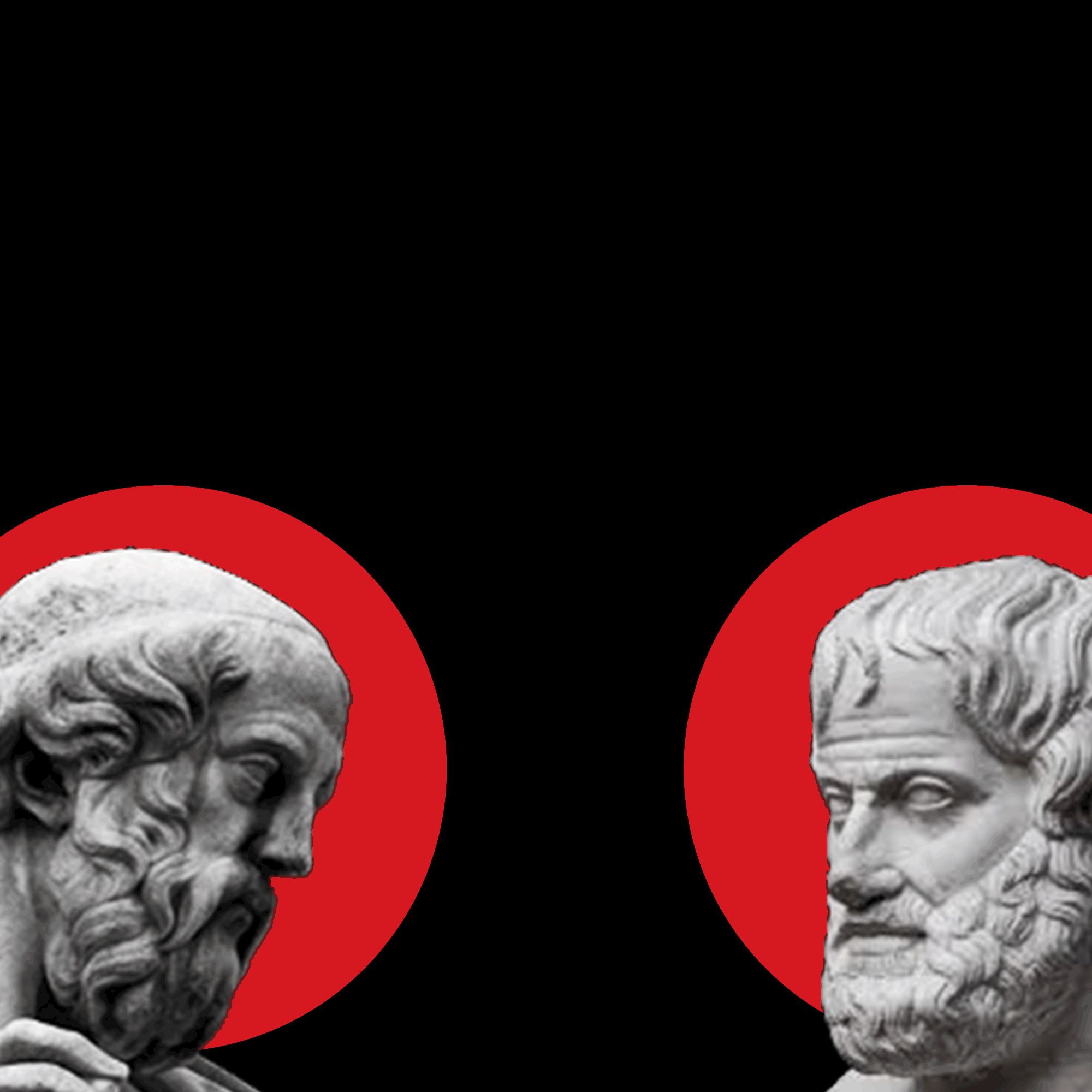Which form are you?
The form of a circle has developed distinct meanings in various cultures, across different religions, and among disciplines. For example, in Sanskrit, the word ‘circle’ translates into ‘mandala’ which refers to art created in relation to a circular form where all surrounding components create a geometric pattern directed towards the center. Jungian psychology believes that the soul naturally moves cyclically. Therefore, individuals can create mandalas to unify their conscious and unconscious to remove disorder or confusion. The circle is a sum of all components of the psyche. In Japanese, the pure form of a circle is called an ‘enso’ and in the Indian subcontinent it is called a ‘bindi.’ In both contexts, the circle is ultimately an archetype of the universe and a representation of unity between the mind and soul, between the conscious and the unconscious, and between man and his environment. The following articles CJA has chosen demonstrate the relationship between the circle archetype and the economy. The discourse surrounding the post-pandemic era deliberates on the transition from a linear to a circular economy where resources and the health and safety of workers are indispensable for maintaining the sustainability of the economy and environment.
In a linear economy, all inputs flow towards one end. They are extracted, combined, processed, and discarded. Product design creates artificially limited lifespans. This strategy creates excess pollution especially when there are few opportunities for recycling or refurbishing parts or the whole item. It has been the predominant global economic model since the Industrial Revolution. The circular economy presents is an alternative model that is based on sustainability. The circular economy closes the open loops of a linear economy. It is a form of systems thinking because it encompasses these many elements that influence one another, rather than leaving them untied and unacknowledged.
It is a form of systems thinking because it encompasses these many elements that influence one another, rather than leaving them untied and unacknowledged.
The objectives of circular economics are environmental sustainability, economic prosperity, and social equity. Neither has greater value than the other because it is not based on a linear or hierarchical value-based structure. Products are designed using natural resources that can be regenerated; waste and pollution that arise during the manufacturing process are minimized; and the production and delivery processes are optimized to decrease overall carbon emissions. The structure of a circular economy mirrors a living system in which the systems within work like organisms processing nutrients and feeding them back to enrich the continuity of the cycle. Industry 4.0 is a means for achieving circularity via technological developments.
Technology from industry 4.0 can analyze trends, spot opportunities, and manage operational challenges more efficiently.
Industry 4.0 refers to fourth industrial revolution technology that has faster designs, minimized risks and waste, and increased efficiencies to create stronger and broader interconnections and smaller environmental footprints. The articles CJA chose discuss perspectives on the importance of post-pandemic economies to be sustainable through the implementation of Industry 4.0 technologies to reinvent the previous linear model that was stratified and unsustainable. It is important in the context of the coronavirus pandemic to discover ways for businesses to regain their traction and move faster and further in the future. A major question for businesses emerging from the volatility of this period is how manufacture and supply chains will adjust. The linear model creates various forms of waste in terms of resources, capacity, embedded value (ie components, materials), and lifecycles. Technology from industry 4.0 can analyze trends, spot opportunities, and manage operational challenges more efficiently. Through the use of connectivity, advanced analytics, and automation, Industry 4.0 endorses an increasingly digitized future. Digital solutions can aid the post-pandemic economic recovery by discovering and implementing solutions that are more climate-sensitive and resource-efficient. Circularity encompasses all that is seen and unseen by the eye. Interrelations that initially appear hidden among factors and between systems are all enveloped and necessary to recognize in a circle form.
1. Gross, A., (2020), ‘The Importance of a Sustainable Post-Pandemic Economy,’ Forbes,
https://www.forbes.com/sites/sap/2020/07/29/the-importance-of-a-sustainable-post-pandemic-economy/#4d1c4d357de6
2. Tassel, L., (2019), ‘Why strive for Industry 4.0,’ World Economic Forum,
https://www.weforum.org/agenda/2019/01/why-companies-should-strive-for-industry-4-0/
3. ‘Agrawal, M. et al., (2020), ‘Industry 4.0: Reimagining manufacturing operations after COVID-19,’ McKinsey & Company,
https://www.mckinsey.com/business-functions/operations/our-insights/industry-40-reimagining-manufacturing-operations-after-covid-19
Longer Reads / Additional Source:
Hartley, K. et al., (2019), ‘Policies for transitioning towards a circular economy: Expectations from the European Union (EU),’ Resource, Conservation & Recycling,
https://doi.org/10.1016/j.resconrec.2019.104634

Visual Table of Contents / ©CJA2020



